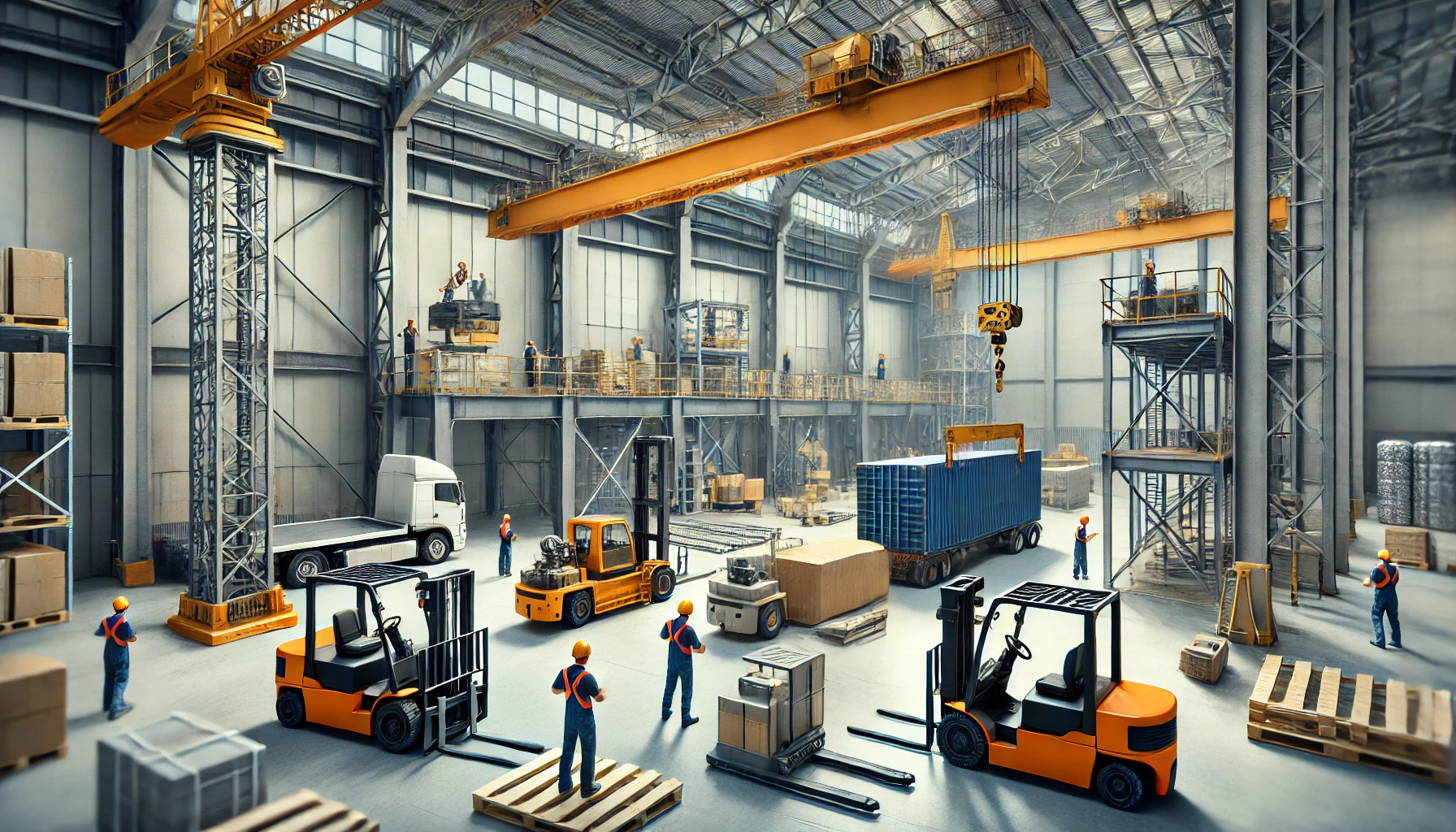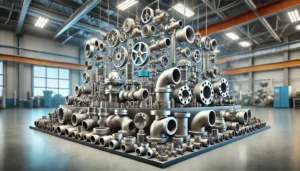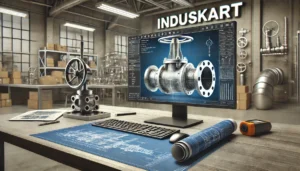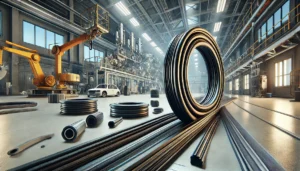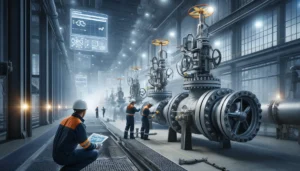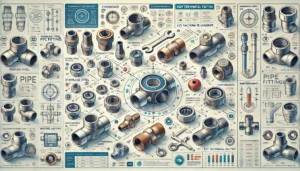Industrial facilities use different types of lifting machines which help in moving large items, improving operational working conditions, and ensuring the safety of workers. Choosing the right type of lifting device is key to maximizing productivity and safety at work. Below is a list of five important types of lifting equipment that every industrial facility should have.
1. Overhead Cranes (Bridge Cranes)
An overhead crane is sometimes referred to as a bridge crane. These are fixed cranes placed on a set track above the workspace thus making them suitable for indoor operations. A bridge crane has a bridge that runs the length of the building and a hoist and trolley that travel along the bridge and help lift and move heavy objects. Manufacturing plants, warehouses, and shipping yards use overhead cranes to move heavy bulk items with care. They are able to use overhead space which makes floor space available for other activities. In addition, they can be fitted with a range of hoists and controls for specific lifting tasks.
2. Forklifts
Forklifts are multi-purpose industrial vehicles with a pair of forks at their frontal section designed to lift and transport materials over moderate distances. They are used in warehouses and construction and manufacturing plants to move heavy boxes, pallets, and other bulk material. Forklifts can be counterbalanced, reach, or pallet jacks, each for a different type of load and work setting. They are used for loading and packing goods into storage places, constructing stacks of materials, and inventory sorting. Forklifts require proper training and maintenance in order to operate them safely and prolong the lifespan of the machinery. Proper training and maintenance is needed to use forklifts safely and increase its working life.
3. Hoists
Hoist is a machine that is used to lift and lower heavy loads vertically by means of a lift-wheel or a drum around which the rope or chain is wound. They are mainly used with cranes and are very important in the operation involving heavy lift and accurate vertical movements. Depending on the application and load requirement, hoists can be powered manually, electrically, or pneumatically. They are generally used in construction, manufacturing, and maintenance work for lifting heavy pieces of machinery like engines. Routinely scheduled inspections, maintenance, and tests are necessary to provide effective and safe hoist operations.
4. Jib Cranes
Jib cranes serve as a device that eases lifting objectives, consisting of a horizontal arm (jib) fixed to a vertical mast, enabling rotation and movement of loads within a particular space. Parts of a jib crane include the slew drive, boom, rope and electric winch, hoist, slewing mechanism, angular boom, supporting vertical column, and a removable mast. These are best suited for workshops, assembly lines, and maintenance areas for conducting tasks like elevating tools, machinery, and parts. Jib cranes offer adaptability since they can be engineered with various arm lengths and load capacities and crafted to specific needs.
5. Mobile Cranes
Mobile cranes serve as a heavy lifting machine specifically designed with wheels and a telescopic boom which can lift and retrieve heavy loads. These cranes are highly regarded in construction and mining industries for their robust structure. Jib cranes and mobile cranes serve their purposes, but they have many differences. For example, mobile cranes are more useful in mining whilst jib cranes are better in workshops. Mobile cranes comprise rebound, unmanned, crawler, and all-terrain cranes which are suitable for different terrains and lifting needs. For effective operation safety measures should be put in place alongside proper training when using mobile cranes.
Conclusion
Choosing appropriate lifting tools plays a key role in the safe and productive operation of industrial plants. Forklifts, overhead cranes, mobile cranes, hoists, and jib cranes all have distinct benefits meant for particular lifting operations. Consider working conditions, load limits, and your facility’s environment to choose the right equipment. Proper training, maintenance, and investment in quality lifting equipment will reduce downtime, increase safety, and boost productivity for everyone at the worksite.

